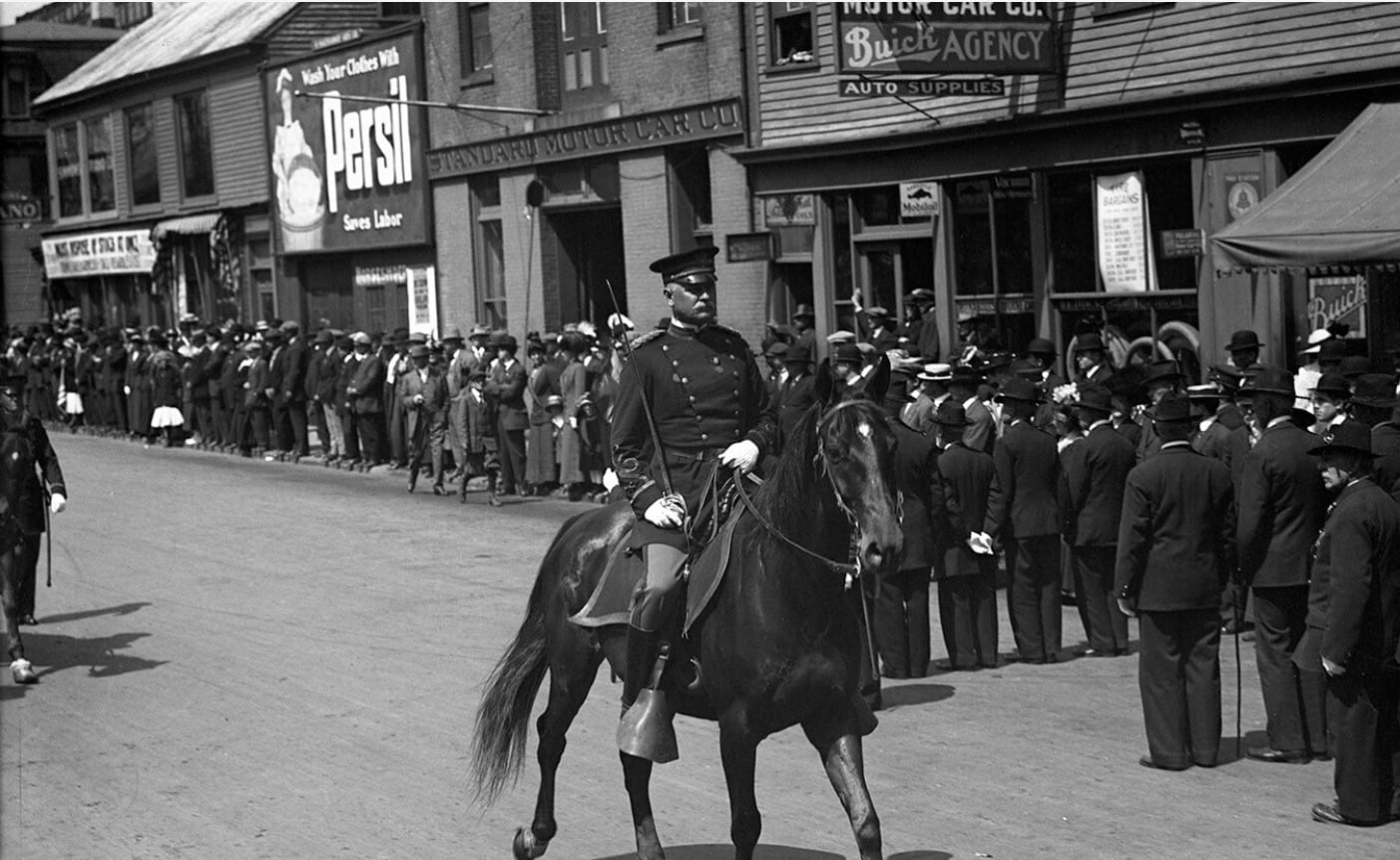Portraits of a City: New Bedford in the Early 20th Century
Opened: September 5, 2019
Closed: March 9, 2020
Turn of the century New Bedford was in the midst of momentous change. The whaling industry was declining, the textile industry was now the city’s mainstay, and the city was expanding outward and building upward in the form of triple-decker homes to support an ever-increasing working-class population.
Along with the changing landscape, there were vast social and economic changes taking place and new waves of immigrants—not associated with whaling—coming into the city, establishing enclaves, and weaving their languages, cuisines, and cultures into the fabric of New Bedford.
The New Bedford Whaling Museum has a spectacular archive of photographs and glass plate negatives that capture many facets of the whaling industry, the city, and its history. In this exhibit of images from our Standard Times collection, explore intimate portraits of individuals living and working in New Bedford during this period. The pictures invite you on a journey through the neighborhoods and vibrant ethnic enclaves, individuals, wharves, establishments and legendary stories that marked New Bedford in the early 20th century and provide a personal glimpse of individuals and communities that made New Bedford what it is today.
Turn of the century New Bedford was in the midst of momentous change. The whaling industry was declining, the textile industry was now the city’s mainstay, and the city was expanding outward and building upward in the form of triple-decker homes to support an ever-increasing working-class population.
Along with the changing landscape, there were vast social and economic changes taking place and new waves of immigrants—not associated with whaling—coming into the city, establishing enclaves, and weaving their languages, cuisines, and cultures into the fabric of New Bedford.
The New Bedford Whaling Museum has a spectacular archive of photographs and glass plate negatives that capture many facets of the whaling industry, the city, and its history. In this exhibit of images from our Standard Times collection, explore intimate portraits of individuals living and working in New Bedford during this period. The pictures invite you on a journey through the neighborhoods and vibrant ethnic enclaves, individuals, wharves, establishments and legendary stories that marked New Bedford in the early 20th century and provide a personal glimpse of individuals and communities that made New Bedford what it is today.


